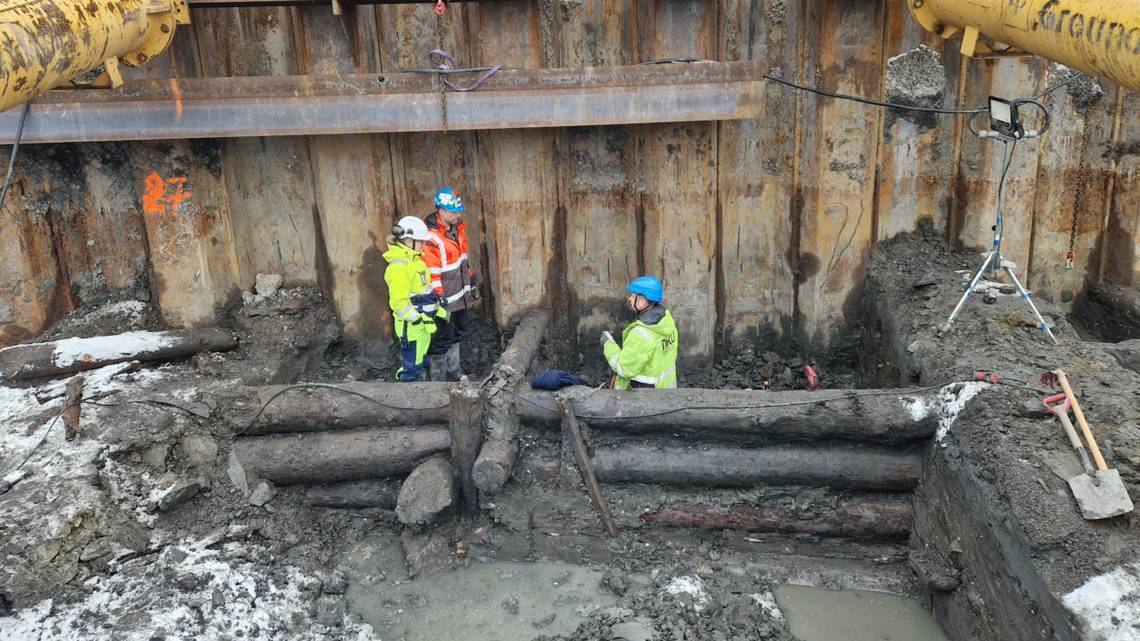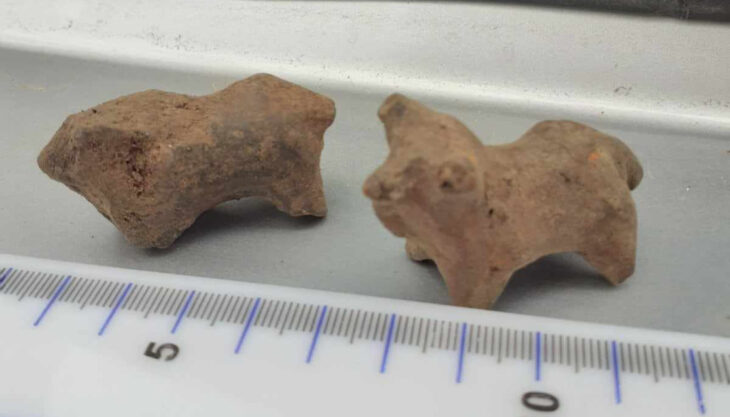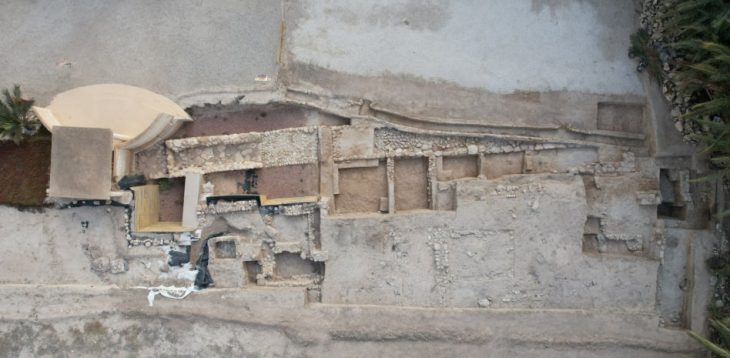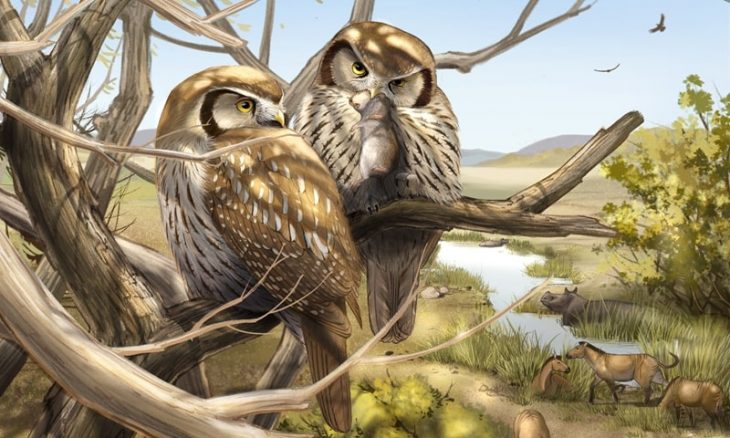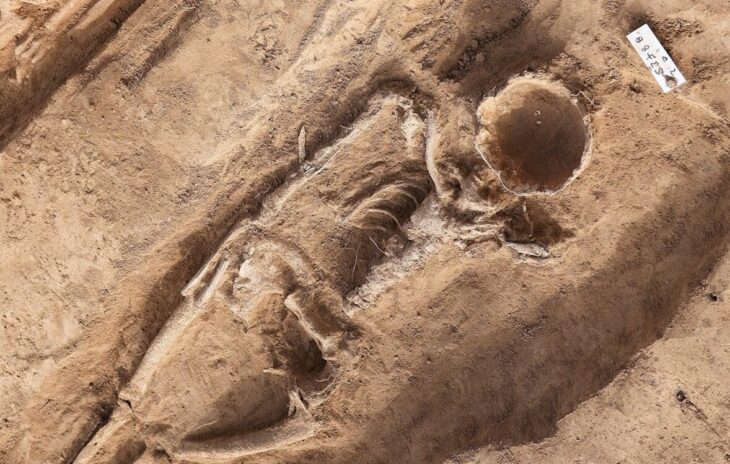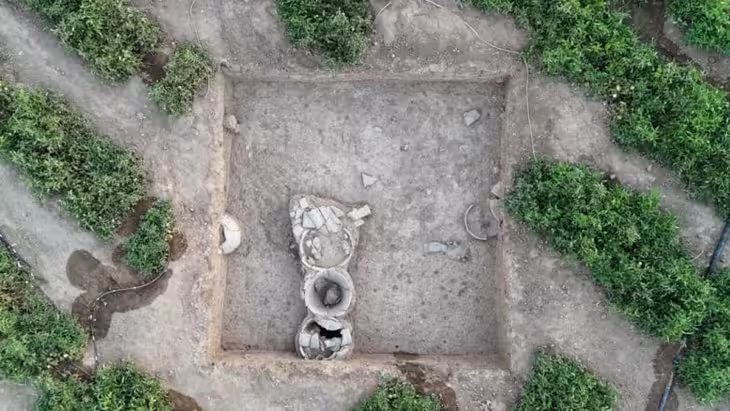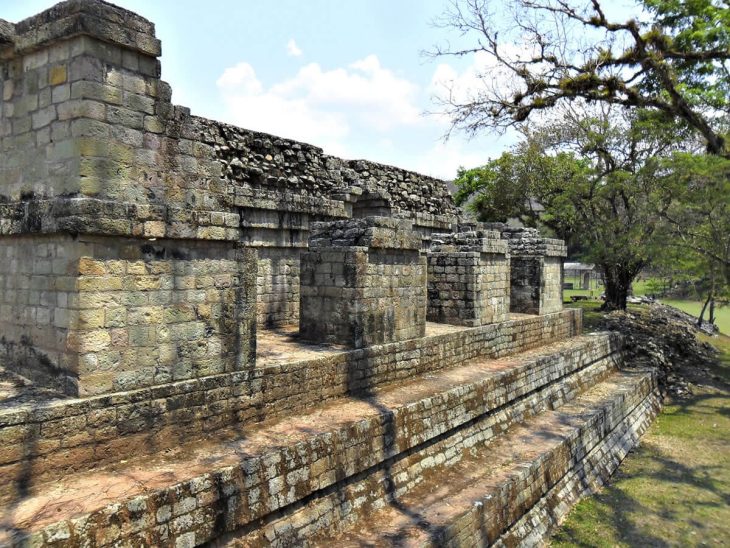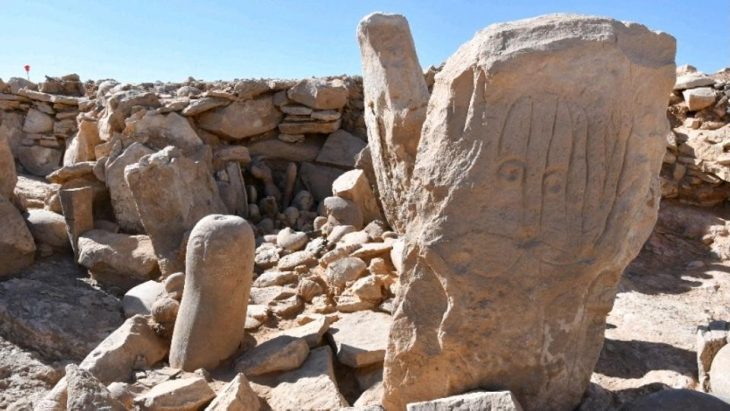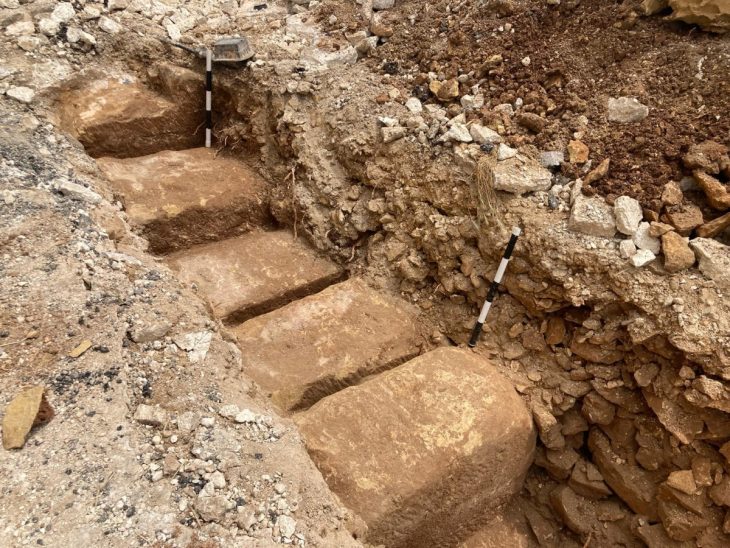An excavation by NIKU archaeologists in Oslo’s seaside neighborhood of Bjørvika has uncovered the remains of a long section of a medieval wharf believed to have been built by a medieval king of Norway.
Under the dense clay of the Oslofjord seabed, more than 26 feet of the pier’s foundations have persisted in excellent condition.
Archaeologists knew from preliminary surveys that something was buried at a port in Oslo, the Norwegian Institute for Cultural Heritage Research (NIKU) said in a Thursday, March 2, news release. The ruins of a medieval wharf were discovered when excavations got underway.
The wharf consisted of massive logs lashed together to form bulwarks. The logs were dotted with impressions of barnacles and mussels, signs of having once been exposed to the sea. Over time, the structures built on top of the foundations pressed them deeper into the clay, where they remained even after the surface structures were lost.
The pier was most likely built in the early 14th century and has since sunk into the clay seabed under its own weight, according to the release.
Archaeologists believe this wharf was probably the king’s, based on its location and estimated age. Another nearby dock is known to have been used by royalty from the 11th to 13th centuries, according to the release.

A small mystery is that archaeologists unearthed layers of food waste, fish bones, dung, and peat in the clay around the massive logs. Archaeologists don’t know how these materials ended up around the pier.
“This is very mysterious,” says Håvard Hegdal, archaeologist and project manager from NIKU, “How has this come into what has been a closed construction? There has been a floor above us, and probably a building, and it shouldn’t be possible to throw food scraps and other things down here.”
“There was also a lot of dirt from a boat inside these layers. And it shouldn’t have come in here in any case. So ‘King’s wharf’ may have had a reasonably short lifespan, and that is quite strange.”
Researchers will cut a portion of the wood off the pier and send it to a lab to be more specifically dated dendrochronologically, the release said.
The most likely candidate to build the wharf was Haakon V (reigned 1299–1319). Oslo overtook Bergen to become the capital of Norway during his reign, and Haakon had the Akershus Fortress built to protect the city and serve as a royal residence. The pier’s foundations were discovered right next to the ruins of the royal palace that stood before Akershus Fortress.
The remains of the wharf have been scanned to create a 3D model. And excavations are ongoing.
Cover Photo: Norwegian Institute for Cultural Heritage Research

